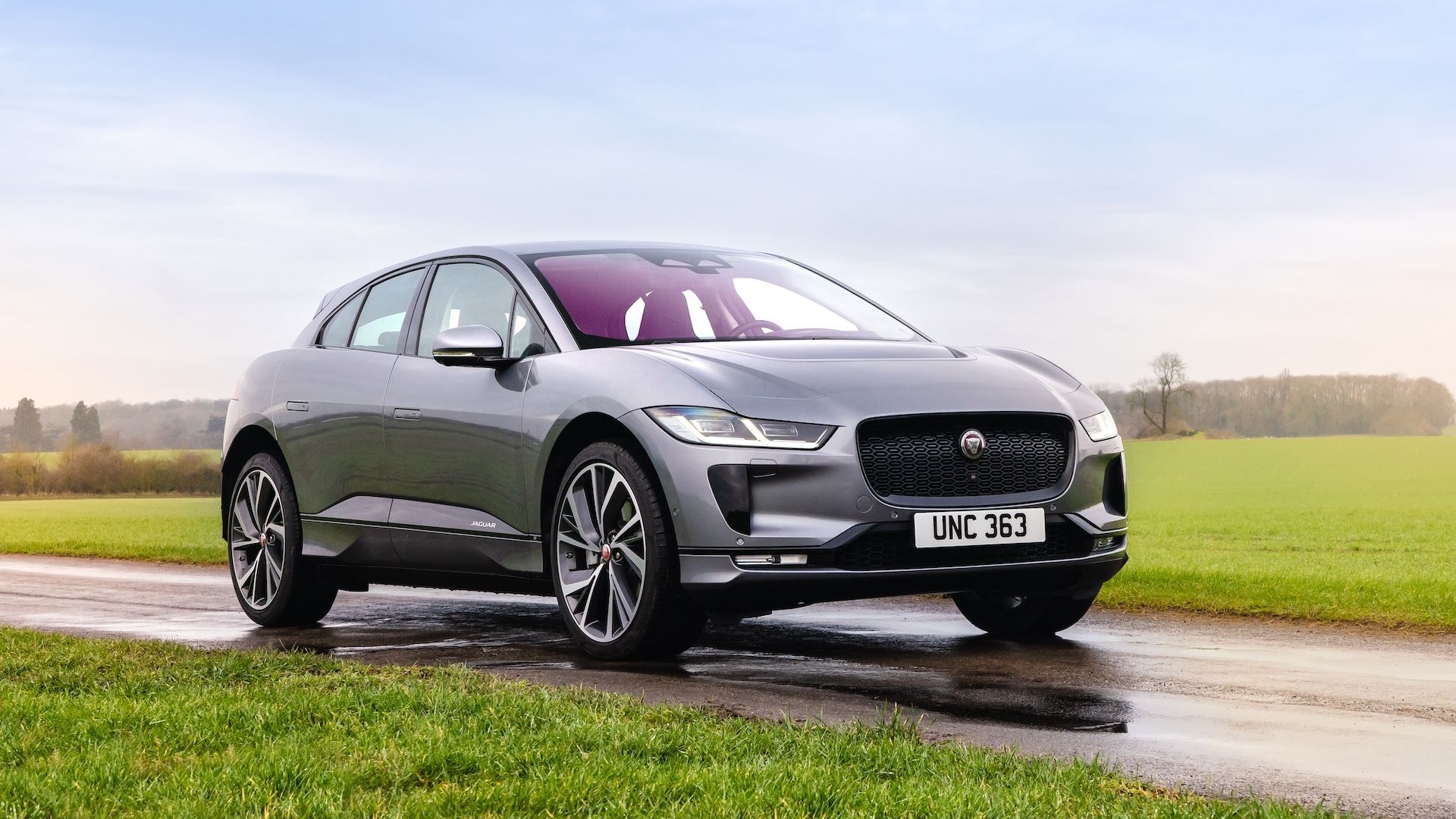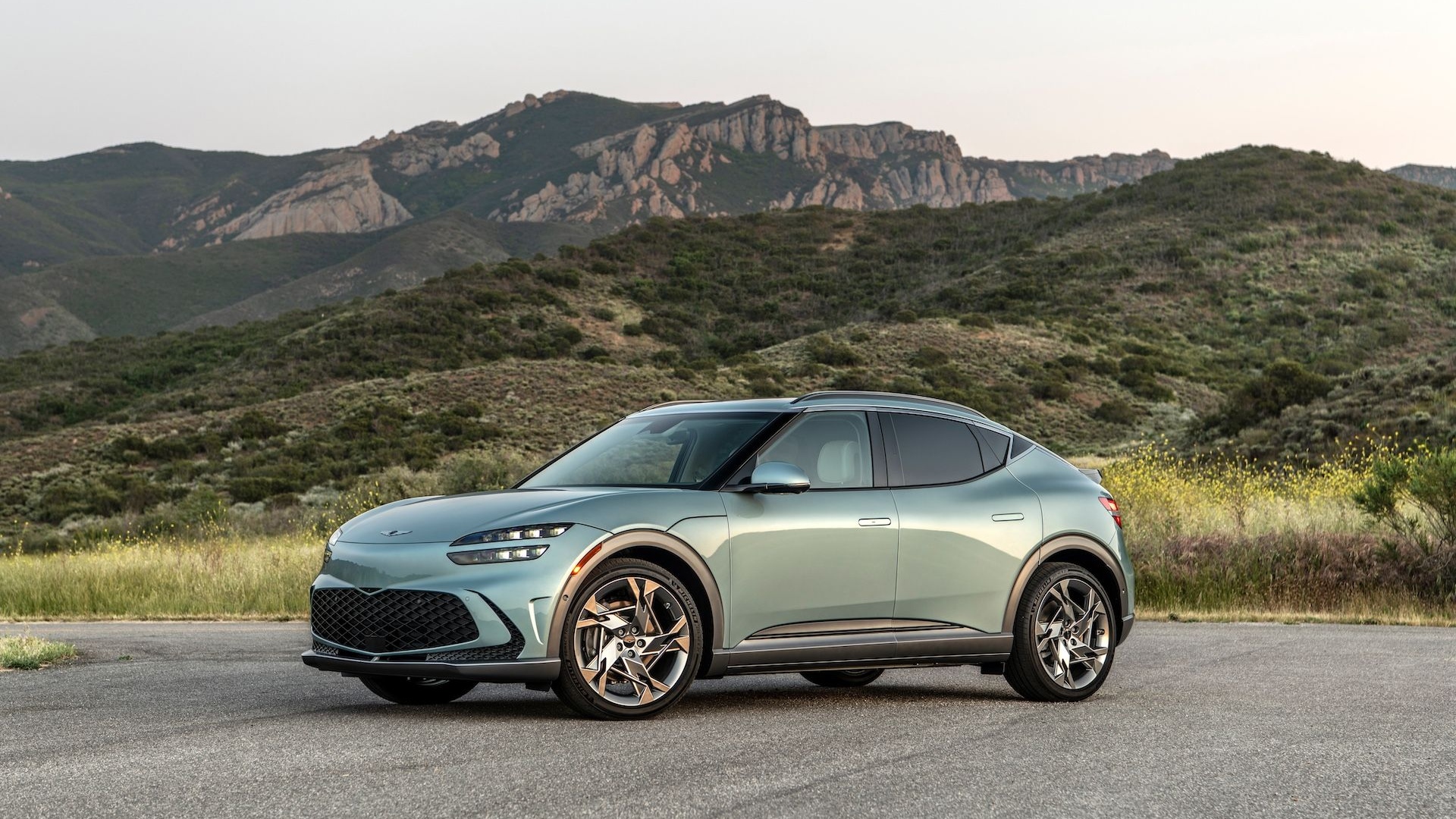The days of all long-hood, shapely Jaguar sedans and coupes may be numbered.
The automaker’s 2019 Jaguar I-Pace electric car made its U.S. debut this week at the 2018 New York auto show and its designer Wayne Burgess said that drawing the I-Pace required him to skip what made his Aston Martin DB9 and Jaguar F-Types universally admired.
“If I were to design an electric sports car or supercar, I would make it as cab-forward as I could—what’s not to love about a Lamborghini Countach? Or a Series 1 Lotus Esprit? I think you can get a really, really exciting electric supercar that’s cab-forward…The opportunities are huge with electric.”

Wayne Burgess
Burgess added that Jaguar was considering all-electric versions of current Jaguar models: “It’s natural for us to do that now,” but stopped short of any specifics.
The cab-forward design of Burgess’s I-Pace largely skips Jaguar’s M.O. of voluptuous sports cars with wide shoulders and hips. The decision not to make Jaguar’s first electric car look like an F-Type was intentional.
“For me, it would feel disingenuous if we had this electric architecture and not take full advantage,” Burgess told Motor Authority on Wednesday. Taking advantage meant pushing the passengers forward in the frame, similar to mid-engined supercars.
The 2019 I-Pace goes on sale later this year and represents the automaker’s first foray into electric vehicles. The vehicle draws inspiration from some of Jaguar’s past work, notably the C-X75 mid-engined concept car from 2011 from the front fenders forward, he said.
Form followed function for the I-Pace’s design team too. The body sides, nose, and wheels were designed around aerodynamic efficiency, skipping the Coke-bottle shape of Malcolm Sayer’s traditional original Jaguar coupes. The straighter shape kept air closer to the body sides near the rear, Burgess said, before spinning out as a turbulent—less efficient—wake around the end.
The only traditionally curvy lines the I-Pace gets are along the window lines, a subtle reminder of the electric car’s heritage.
“We want the car to have a graphical identity that is clearly Jaguar—even though it’s an electric vehicle,” he said.
That identity starts with the Jaguar badge and grille that should be instantly identifiable to any Jag fan. The rest?
“We’ve got an all-electric SUV that kind of looks like a spaceship, and that’s a really pleasing outcome. We’ve created a really new aesthetic for Jaguar, and this kind of vehicle. It’s equally exciting to a DB9 or an F-Type fan, just in a different way,” he said.
Burgess said he expected pushback from Jaguar owners when the I-Pace was revealed, but he’s received little.
“The reception has been good so far,” he said. “There’s a broader understanding that we’re in a decade of transition from (internal combustion) engine cars to electric engine cars and the tipping point is going to come…I feel very privileged to be a car designer for this period. This is the biggest shakeup in the car industry since we stopped pulling carriages around by horses.
“I firmly believe that electric vehicles are coming now. I firmly believe we’re into the decade that will happen.”
For more news from the 2018 New York auto show, head over to our dedicated hub.



